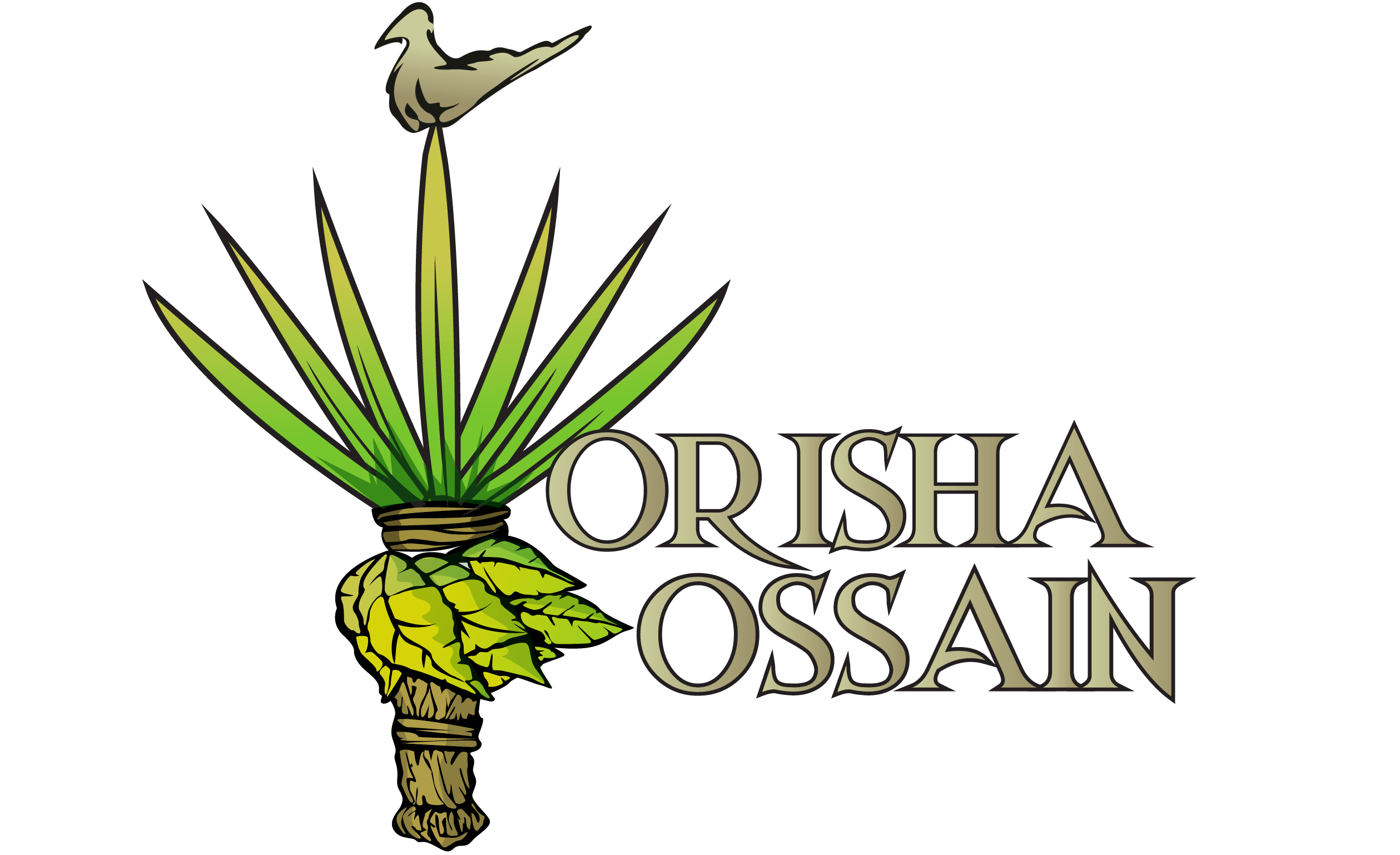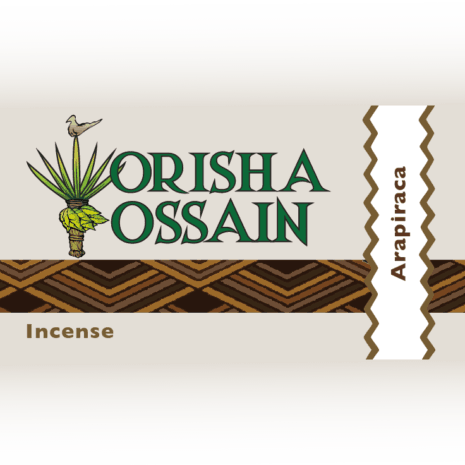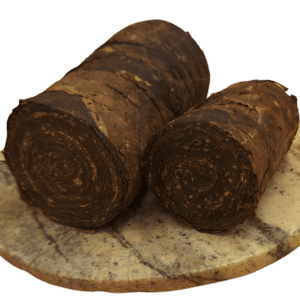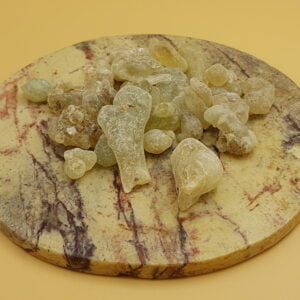Arapiraca Powder
From: €9,09
A very finely ground batch of Arapiraca Mapacho. This is a highly valued Mapacho (Nicotiana Rustica) from the state of Alagoas in Brazil. Wonderful to make your own rapé blends.
Descripción
About Arapiraca Mapacho
Arapiraca is also within the Nicotiana Rustica strain. This tobacco has its name from the region it comes from. Arapiraca is a city in northeast Brazil in the state of Alagoas. The area around the city of Arapiraca always cultivated cereals and cassava has always been its flagship product since 1848. However, this started to change slowly when tobacco was cultivated. After the first planting of tobacco at the end of the nineteenth century, it took another 50 years before a healthy and lively tobacco-growing culture had settled in Arapiraca. Now the town carries the nickname “The Brazilian Tobacco Capital”.
Introduction to Tobacco
In our culture, there is still a lot of misunderstanding about the tobacco plant. Many people associate it with addiction and death and considering it is one of the top killers in some countries, this is understandable. But for thousands of years, tribal societies have worked with tobacco as medicine and have considered it to be one of the earth’s greatest healing plants.
There are no doubt many different reasons for these divergent perspectives on tobacco, but my understanding is that the main defining factors are intention and respect. Tobacco is considered an amplifier of intention, prayers, and thoughts, so when you ask the plant for medicine and protection, that is what gets amplified. If you are using rapé angrily and habitually to relieve frustration and desire, that amplifies something else. This being said I am suggesting to anyone who feels the call to work with rapé to be mindful of their usage.
Shamanic use
In shamanic culture, the usage of Nicotiana Rustica and other forms of tobacco is often a way to clear energy. The understanding of this starts with more of an understanding of how a shaman would generally interpret nature. For a shaman, there is a thin line between this world and the spirit world, and all living organisms have a spiritual essence to them, as well as a physical one. The shaman’s job is to communicate between the worlds to understand the properties of specific spirits and then bring back these ideas for personal healing, world healing, and/or the healing of the people they are working with. So when a shaman sees tobacco, it is not just the physical substance, but a spirit that accompanies it.
There is no doubt that nicotine is an addictive substance and Nicotiana Rustica, in particular, has a very high quantity of nicotine in comparison to other types of tobacco. However, the fact that something is addictive does not take away from the fact that it could have healing properties- making it both addictive and beneficial. Nicotiana Rustica is a contradictory medicine in the fact that it works as both a stimulant and a relaxant. Shaman often uses it to help with setting intentions and for awakening the mind while still being able to ground that awakening.
Produktion of Rope Tobacco
Brazil has a big and surprisingly pre-industrial tobacco industry. Tobacco growing is very common in certain regions in Brazil and is deeply embedded in its culture. Brazil is the second-largest producer of tobacco in the world. Within that market, only a few types are suitable for the production of rapé. For the production of rapé, most people exclusively use various types of rope tobacco from Nicotiana Rustica.
The production of rope tobacco is hands-on craftsmanship. The rolling of the tobacco leaves into ropes is still a craft en requires experience and skill. After harvesting the leaves comes the sorting of them by the quality and placing them on drying racks in the shade. After 8 days of drying the leaves are ready for the next phase. The first step is the removal of the central leaf grain from the partly dried leaves. Interlacing and twisting of the split leaves follow and gives the tobacco its rope shape. After establishing the desired dryness the newly formed tobacco ropes are being left to ripen. There the slow fermentation process creates more flavor and delivers the final dark brown appearance of rope tobacco.
Strains
All the tobacco powder that you find here is from Nicotine Rustica. There are various in various strains and grades of tobacco in Brazil, probably more than I know of. For rapé the producers use a few of these varieties. These are Arapiraca, moí (moy), and sabiá tobacco. Besides these three types, there is also wild tobacco. The cultivation of the wild tobaccos takes place near river banks and cleared spaces in the Amazonian forest. In the past, The indigenous Amazonian tribes only had wild tobacco available to make rapé. But nowadays the Brazilian Indians also have access to all other types of tobacco and use all of them.
Additional information
| Weight | N/A |
|---|---|
| Available in | 10 grams, 20 grams, 40 grams |





